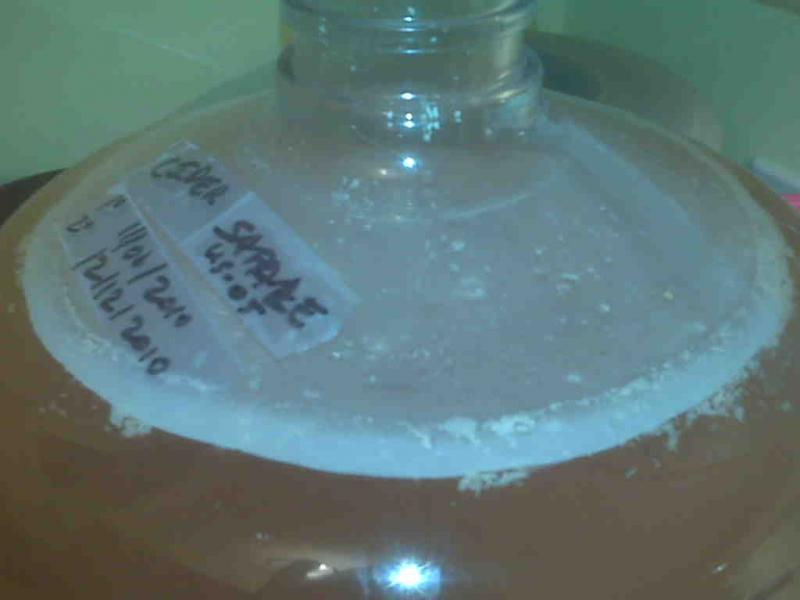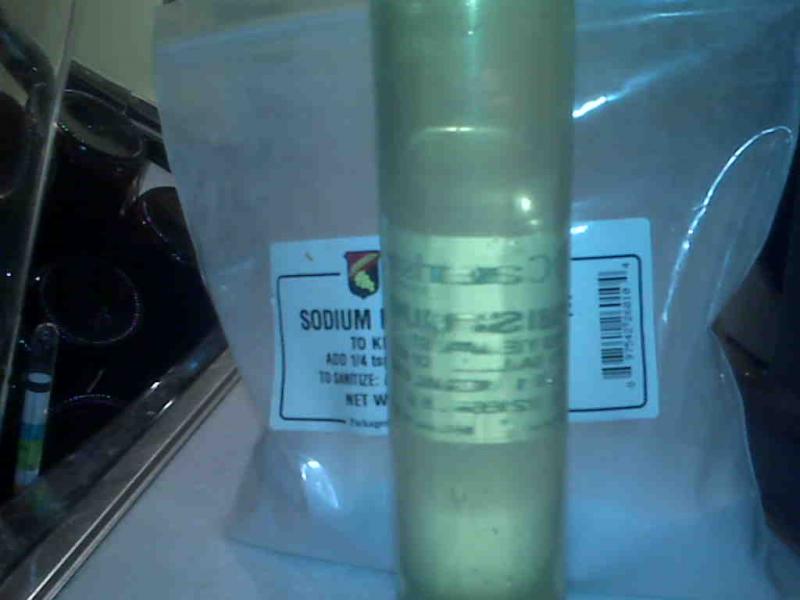I was under the impression that commercial yeasts were more tolerant of sulfites than wild yeast, but it would still kill them. If one campden tab per gallon won't even stun the yeast, then why is it standard practice to wait 24 hours to pitch yeast after adding sulfites? It is also common practice to use a combination of sulfite and sorbate when backsweetening. Why include the sulfites when backsweetening if they don't do anything? Are these practices wrong? Am I missing something?
Yes, commercial yeasts are far more tolerant of sulfites than wild yeast are. That's why it's used as an antimicrobial before the chosen yeast is added- it'll kill wild yeast and bacteria or at least "sanitize" most musts.
Sulfite levels of up to 50 ppm won't harm wine yeast at all.
From Jack Keller's winemaking website: Unless we use boiling water or direct heat for flavor extraction, or unless we use pasteurized juice or frozen concentrate, it is important that the must be protected against bacteria and mold from the earliest moment, and against oxidation. We do this by adding sulfites to the must in the form of crushed and thoroughly dissolved Campden tablets or powdered potassium metabisulfite. This does not sterilize the must, but brings it to an aseptic level of protection against microscopic organisms that can do terrible things to wine. Just as importantly, the addition of sulfites creates both bound and unbound (free) sulfur in the must. The later occurs most notably as sulfur dioxide gas, which tends to fill the spaces between molecules of solid and liquid matter in the must. This is real important, because those spaces are normally filled with oxygen atoms and they react with other molecules in the wine to eventually reduce it to something undrinkable. Oxidation is the death-blow for all wine, so getting rid of that oxygen and replacing it with sulfur dioxide helps protect and prolong the life of the wine. But it also retards the tendency of all white wines to turn brown and red wines to turn brickish (reddish-brown). Finally, they also inhibit the early growth of most wild yeasts that find their way into musts (on the skins of grapes, fruits, berries, flowers, leaves, and other natural ingredients), while cultured wine yeasts are largely sulfite tolerant. This allows the cultured yeasts to grow quickly without competition and dominate the must. So, even if the recipe doesn't say to add sulfites, add them as early in the process as practicable. They can even be added to warm (but not hot) must. The normal dose is one crushed and dissolved Campden tablet to each gallon of must, or 1/4 teaspoon of potassium metabisulfite to each 5 gallons of must. Do not add more than this, as too much is in some cases worse than not enough.
_____________________________________________________________
The reason you wait before adding yeast after sulfiting has more to do with tradition than necessity. That way you have a relatively sanitized must, and you can add the yeast after 24 hours to ensure a quick start. While sulfites don't kill yeast, an overdose of sulfites can certainly stun them.
As far as using campden (sulfite) with sorbate when sweetening a finished wine, the sorbate doesn't kill yeast either. But it inhibits yeast reproduction. It works better in the presence of sulfites, so I wouldn't say the sulfite doesn't "do anything". It's a very effective anti-oxidant, and a good wine preservative. Since sorbate works better in its presence, it's added when the sorbate is added. Ideally, wine would have 50 ppm of free so2 in it all the time. But of course, it disipates so it must be added at intervals. It's usually added at every other racking and at bottling.











